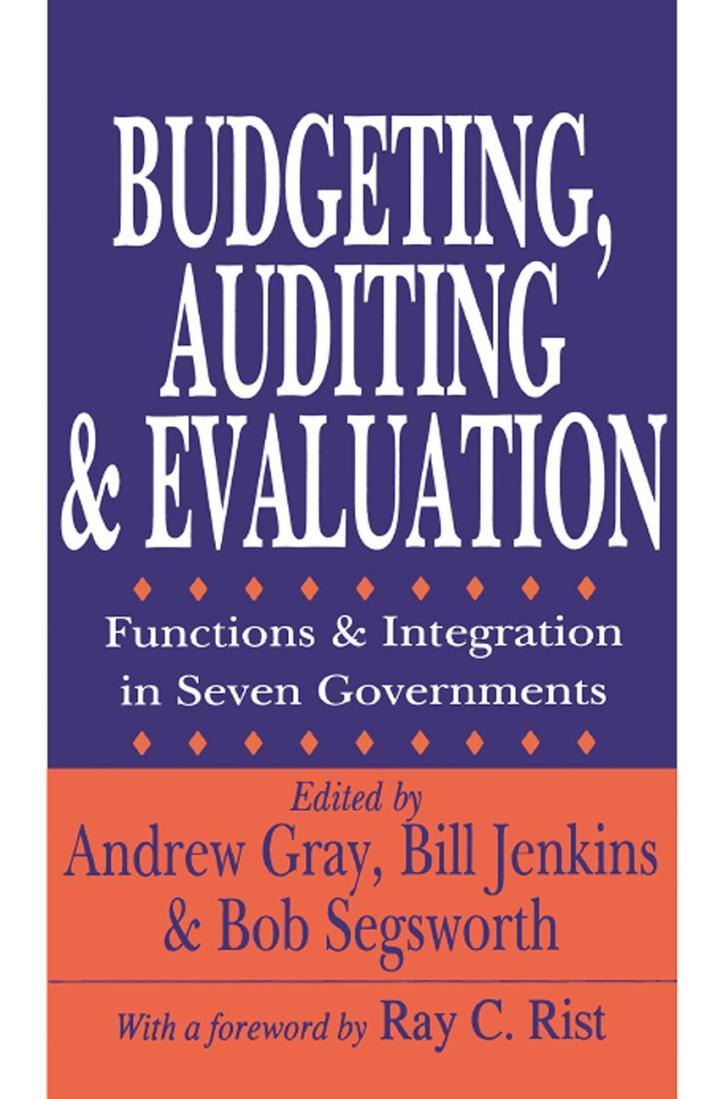Question
Company uses a standard cost system and sets predetermined overhead rates on the basis of direct labor-hours. The following data are taken from the companys
| Company uses a standard cost system and sets predetermined overhead rates on the basis of direct labor-hours. The following data are taken from the companys budget for the current year: |
| Denominator activity (direct labor-hours) | 12,000 |
| Variable manufacturing overhead cost | $ 37,200 |
| Fixed manufacturing overhead cost | $ 103,200 |
| The standard cost card for the companys only product is given below: |
| Direct materials, 4 yards at $1.90 per yard | $ 7.60 | |
| Direct labor, 2 hour at $9.00 per hour | 18.00 | |
| Manufacturing overhead, 130% of direct labor cost | 23.40 | |
| Standard cost per unit | $ 49.00 | |
| During the year, the company produced 6,240 units of product and incurred the following costs: |
| Materials purchased, 39,600 yards at $1.85 per yard | $ | 73,260 |
| Materials used in production (in yards) | 25,750 | |
| Direct labor cost incurred, 13,000 hours at $8.00 per hour | $ | 104,000 |
| Variable manufacturing overhead cost incurred | $ | 38,250 |
| Fixed manufacturing overhead cost incurred | $ | 80,600 |
| Required: | |||||||||||||||||||||||||||||||
| 1. | Redo the standard cost card in a clearer, more usable format by detailing the variable and fixed overhead cost elements. (Round your answers to 2 decimal places.) | ||||||||||||||||||||||||||||||
| |||||||||||||||||||||||||||||||
| 2. | Prepare an analysis of the variances for direct materials and direct labor for the year. (Indicate the effect of each variance by selecting "F" for favorable, "U" for unfavorable, and "None" for no effect (i.e., zero variance.).) |
| Materials variances: | ||
| Price variance | U or F | |
| Variable Mfg. overhead | U or F | |
| Labor variances: | ||
| Rate variance | U or F | |
| Efficiency varriance | U or F | |
| 3. | Prepare an analysis of the variances for variable and fixed overhead for the year. (Indicate the effect of each variance by selecting "F" for favorable, "U" for unfavorable, and "None" for no effect (i.e., zero variance.).) |
| Variable overhead variances: | ||
| Rate variance | U or F | |
| Efficiency varriance | U or F | |
| Fixed overhead variances: | ||
| Budget variance | U or F | |
| Volume varriance | U or F | |
Step by Step Solution
There are 3 Steps involved in it
Step: 1

Get Instant Access to Expert-Tailored Solutions
See step-by-step solutions with expert insights and AI powered tools for academic success
Step: 2

Step: 3

Ace Your Homework with AI
Get the answers you need in no time with our AI-driven, step-by-step assistance
Get Started


